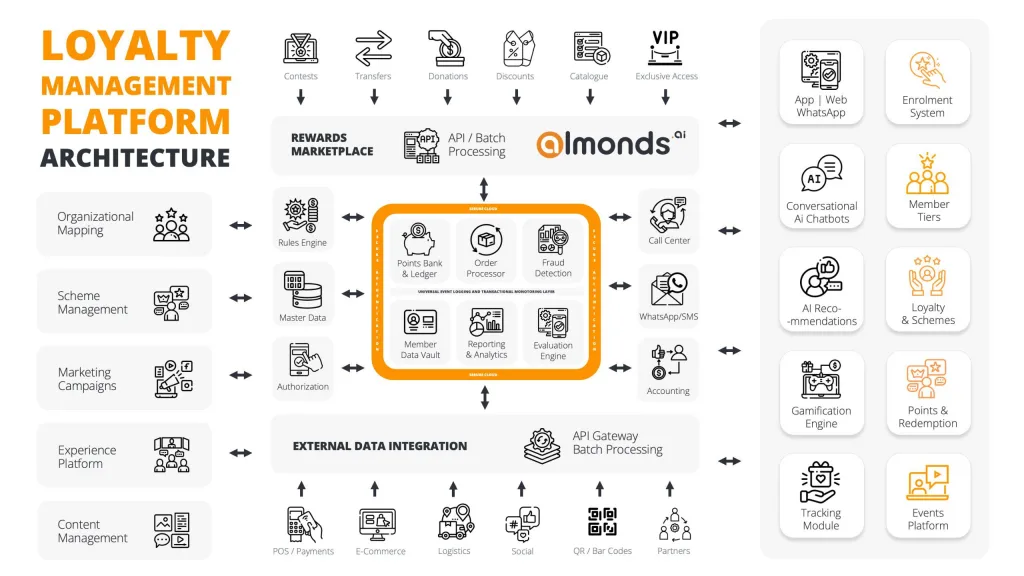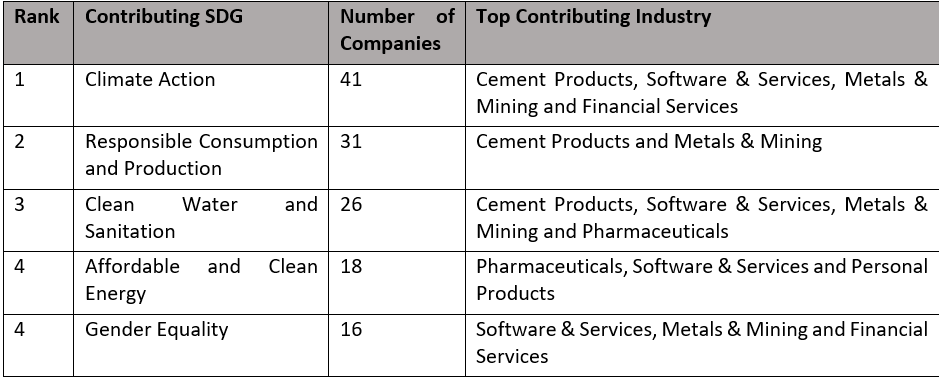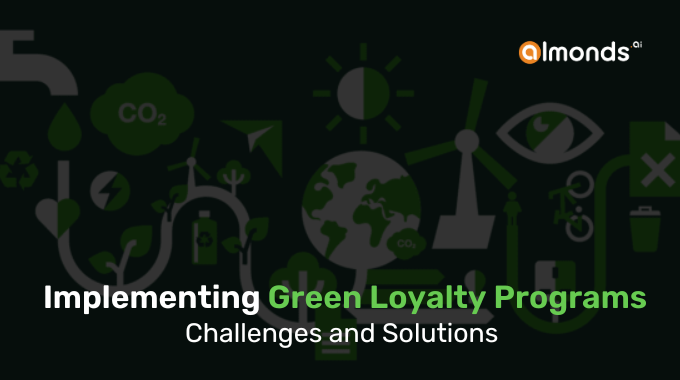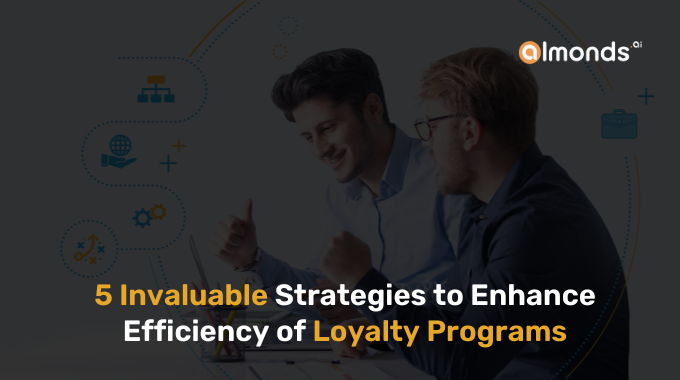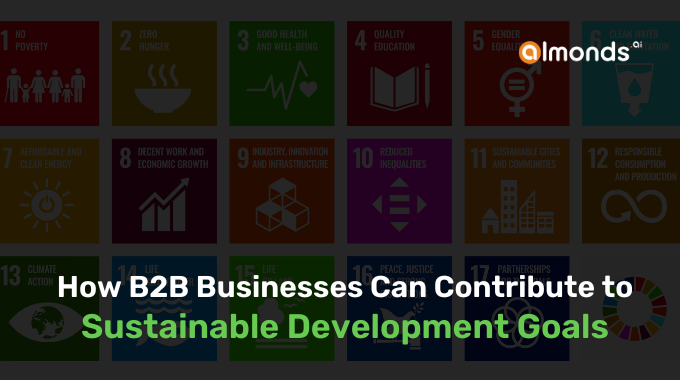Channel partners play a vital role in the success of companies. They serve as intermediaries between businesses and customers, contributing significantly to revenue generation and market reach. In recent years, loyalty programs have become an essential part of business strategies, aiming to retain channel partners and foster brand loyalty. However, only 22% of channel partners in India are actively engaged, while a staggering 49% of them feel that they are ‘trapped’ in many loyalty programs. Additionally, 23% are classified as ‘vulnerable,’ and 6% remain entirely unattached.
This is because channel partners face unique challenges in loyalty programs that need attention and solutions. This blog delves into the challenges faced by channel partners in loyalty programs, highlighting real-world examples of failure.
Why Channel Partners are Important
Brands wish to build long-term customer relationships, and channel partners are the nucleus in the atom to make it happen. Their local knowledge, established customer base, and marketing expertise can be leveraged effectively. Here’s why they are crucial for the success of these programs:
- Market Reach: They often have a wider geographical reach, allowing businesses to tap into markets they may not have reached directly.
- Local Insights: They possess valuable insights into local customer preferences and behaviors, helping businesses effectively tailor their products and marketing.
- Cost-Efficiency: Partnering with channel partners can be more cost-effective than running direct customer acquisition campaigns, making loyalty programs a worthwhile investment.
- Relationships: They have established relationships with their customers, making it easier to promote and implement loyalty programs successfully.
When channel partners prove this important, brands must make them happy and satisfied. Loyalty and rewards programs are the simplest and easiest way to do that. But even then, they face several challenges when participating in loyalty programs.
Challenges During Enrollment in Loyalty Programs
- Complex Enrollment Process: Many loyalty programs require channel partners to navigate a complex and time-consuming enrollment process. It often involves extensive paperwork, documentation, and the submission of various forms. The intricacies of this initial phase can be overwhelming for them, particularly those who may not have dedicated administrative resources to handle such procedures.
| “Enrolling in a loyalty program should be straightforward, not like a complicated maze where everyone tries to find another exit.” Anonymous |
- Rigorous KYC Process: Loyalty and rewards programs demand KYC checks rigorously. These checks require channel partners to provide comprehensive data, including identification documents, proof of address, and other personal information.
Once the documents are provided, brands check all of them. It leads to delays and potential frustrations. Even then, the process gets rejected if there is any mismatch between all the documents. - Lack of Knowledge of Product and Program: Channel partners often struggle with a lack of comprehensive knowledge about the products or services being offered through loyalty programs. This knowledge gap can lead to confusion and difficulties.
Challenges After Enrollment in Loyalty Programs
- Complex and Not User-Friendly Loyalty Platform: Loyalty program platforms often involve the use of technology platforms, and if these platforms are overly complicated or not user-friendly, they may struggle to navigate them efficiently. It can result in operational inefficiencies and reduced program effectiveness.
- Lack of Engagement from Brands: In some cases, channel partners may feel a lack of engagement from the brands they represent. This disengagement can lead to frustration and a sense of isolation, making it less motivated for partners to promote products passionately. Effective communication is key to the success of any partnership.
It also can lead to miscommunication between brands and them, leading to misunderstandings, missed opportunities, and a breakdown in implementing loyalty programs. - Low-Value Rewards and Tough Redemption Process: After successfully enrolling in a loyalty program, channel partners may encounter rewards perceived as having low value. What if, even for that, they have to go through a lengthy process? Then, it is a major issue. It not only makes them unengaged but thoroughly unsatisfied.
- Poor Contact Data: Effective program management relies on accurate and up-to-date channel partner contact data. However, channel partners (like regional distributors and heads) may grapple with inaccurate or outdated data, making it difficult to reach others (retailers, local distributors, and nano-influencers) effectively. This challenge can lead to missed opportunities and reduced engagement in the loyalty program.
- Lack of Program Insights: Gaining insights into program performance is vital for optimizing strategies and improving results. They require access to data and analytics that allow them to gauge the program’s effectiveness. Without these insights, it becomes challenging for partners to measure the impact of their loyalty initiatives and make data-driven decisions to enhance program performance.
- Lack of Program Customization: Many loyalty programs offer limited customization options for them. These partners often have unique customer bases, branding, and strategies. Without the ability to tailor the proBig Bazaar: Big Bazaar’s Happy Card loyalty program struggled due to the low value of each reward point. Customers found accumulating enough points for meaningful rewards difficult, making the program less appealing and failing to motivate repeat purchases. gram to match their specific needs and align it with their branding, they may struggle to create a personalized and relevant experience.
Examples of Failed Loyalty Programs
- Shoppers Stop: Shoppers Stop’s First Citizen loyalty program faced criticism for becoming overly complex, making it challenging for customers to understand. Due to this, they can’t get full profit from the programs. The rewards and redemption process became convoluted, eroding the program’s user-friendliness, which is essential for any loyalty initiative’s success.
- Big Bazaar: Big Bazaar’s Happy Card loyalty program struggled due to the low value of each reward point. Customers found accumulating enough points for meaningful rewards difficult, making the program less appealing and failing to motivate repeat purchases.
- Paytm: Paytm’s Paytm First loyalty program was criticized for being expensive to maintain, which raised questions about the program’s sustainability. Additionally, some customers perceived the benefits offered by the program as not valuable enough, which led to a lack of interest and participation.
- HP PartnerOne: HP’s PartnerOne program’s failure can be attributed to its complexity, which made it difficult for partners to navigate and understand the program’s requirements and rewards structure. Partners struggled to see the clear value in participating, ultimately leading to underwhelming results.
- Dell PartnerDirect: Dell’s PartnerDirect program’s failure resulted from its narrow focus on sales performance to the detriment of other vital partner activities such as customer service and support. This imbalance in the rewards system failed to recognize and reward the holistic contributions of partners, undermining their motivation.
- Cisco Solution Partner Program: The Cisco Solution Partner Program faced issues due to its complexity, which made it challenging for partners to engage effectively. Furthermore, the rewards offered were not perceived as valuable enough to justify the complexities of the program, resulting in partner disengagement.
It is said that “The person who works will be the only one who will face challenges.” If channel partners start working, they will face some problems.
It doesn’t mean challenges are good. It just means channel partners should address and raise the issues with brands. Now, brands should recognize that and try to resolve those issues.
When a brand does it for its channel partners, it can lead brands to leverage their loyalty programs fully.
Brands should learn from other brands’ mistakes and apply the learning in their programs. In doing so, they foster growth, customer retention, and long-term brand loyalty.


